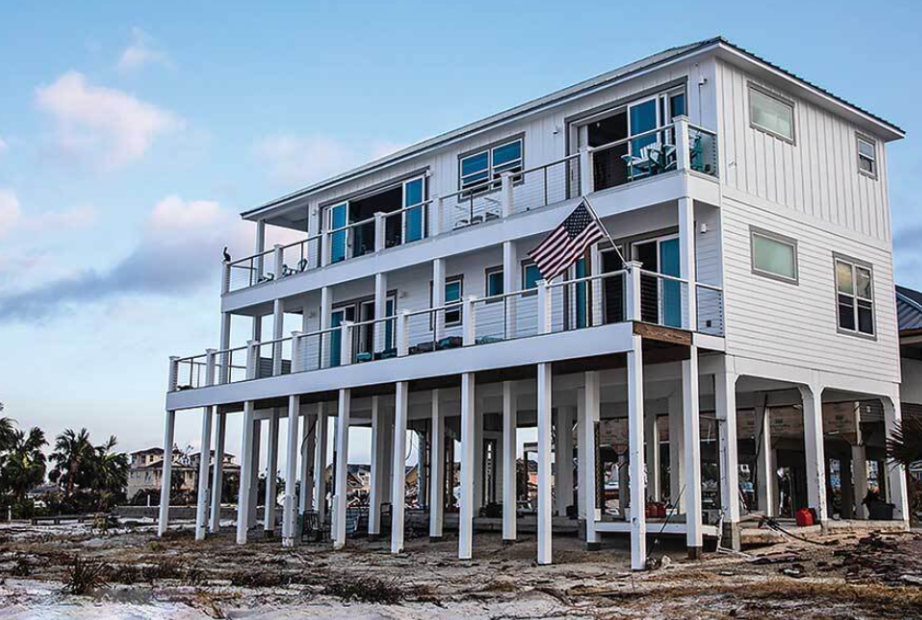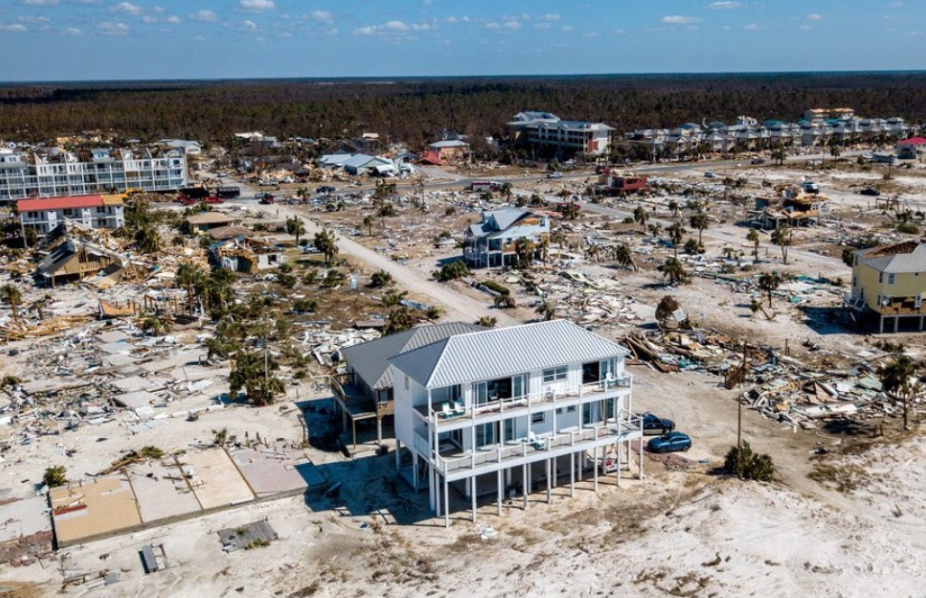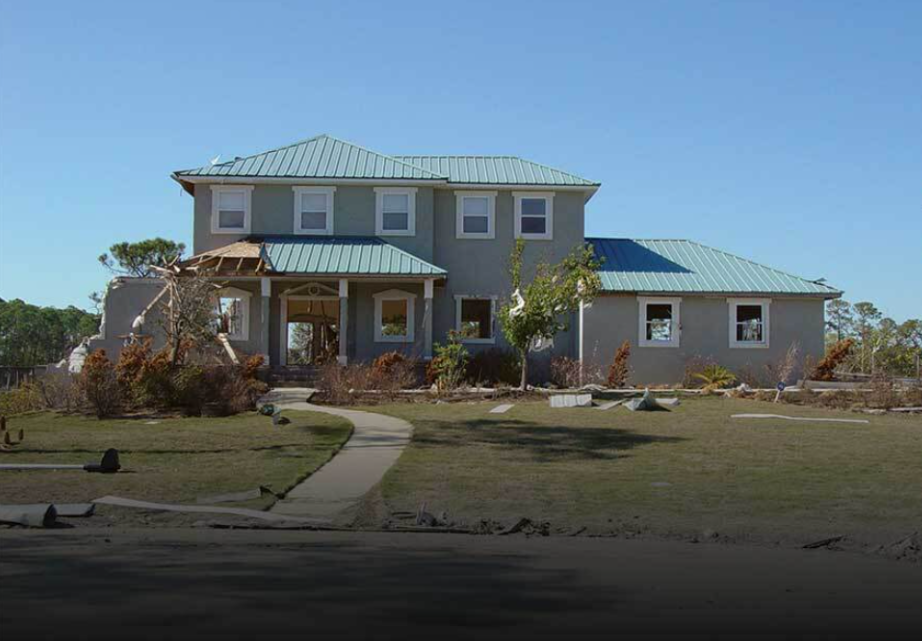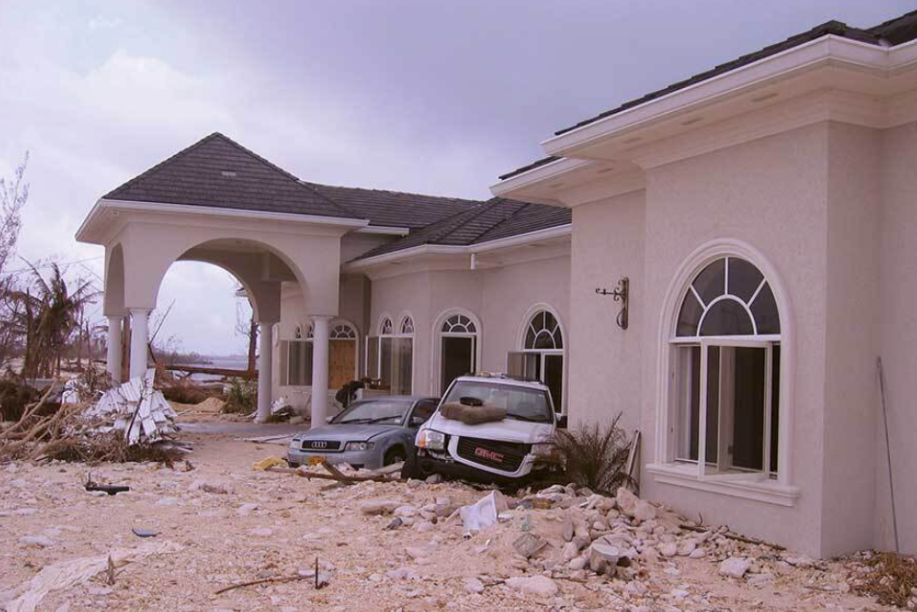
3 Examples of Flood Resistant Architecture

Flooding is relentless. It destroys homes, displaces families, and leaves businesses in ruins. Yet, flood proof house design combines durable materials with smart engineering to create structures that withstand rising waters and provide lasting security.
Elevation: Keeping Structures Above Floodwaters
One of the most effective defenses against flood damage is elevating buildings above anticipated water levels. Structures built at or below flood elevation are significantly more vulnerable to water intrusion, leading to structural failures, mold growth, and costly repairs.
Elevation strategies vary depending on the location, but in coastal areas, homes are often constructed on stilts or raised platforms, allowing water to flow beneath instead of through the structure. However, elevation alone is not enough—using flood-resistant materials, such as ICFs, ensures long-term durability and structural integrity.
Breakaway Walls: Minimizing Structural Damage
While elevation helps prevent direct water intrusion, breakaway walls serve as a secondary line of defense in flood-prone areas. These walls are designed to detach during extreme flooding, allowing water to pass through the lower sections of a structure without exerting dangerous pressure on the foundation. Instead of resisting the force of floodwaters, breakaway walls absorb the impact and detach safely, preventing catastrophic structural failure.
How Breakaway Walls Protect Coastal Homes
Coastal homes and buildings in hurricane-prone regions frequently incorporate breakaway wall systems. In South Florida, many new homes feature these walls on the lower levels, ensuring that storm surges do not cause lasting damage to the main structure. The concept has also been used in commercial buildings, where garages or storage spaces at ground level utilize breakaway wall designs to minimize water resistance and reduce repair costs after a flood event.
Flood Vents: Controlling Water Pressure
Even in elevated homes, enclosed lower spaces such as basements, garages, and crawl spaces are at risk of flood damage. Flood vents play an important role in flood proof house design by equalizing water pressure between the inside and outside of a building. Without flood vents, water trapped inside a structure can cause walls to collapse under extreme pressure.
Implementing Flood Vents in Residential and Commercial Structures
In New Orleans, many post-Katrina homes have been built with automatic flood vents to prevent pressure buildup during high water events. These vents allow water to enter and exit freely, reducing the risk of structural damage. FEMA has strongly recommended the use of flood vents in new construction across flood-prone regions, particularly in areas affected by hurricanes and storm surges.
Water-Resistant Materials: Building for Longevity

The materials used in flood-resistant architecture determine how well a structure withstands repeated exposure to water. Traditional materials like wood and drywall absorb moisture, making them highly susceptible to mold and structural degradation. Instead, modern flood proof house design incorporates water-resistant materials such as Insulated Concrete Forms (ICFs), reinforced concrete, and composite siding.
Why Fox Blocks ICFs Are the Ideal Flood-Resistant Material
Fox Blocks ICFs provide unparalleled moisture resistance, making them an ideal choice for flood-prone areas.
Unlike wood-framed walls, which can rot and degrade after water exposure, ICF structures remain intact, preventing long-term damage.
These walls also improve energy efficiency by providing superior insulation, helping homes maintain low HERS ratings and even achieve Net Zero standards.
In regions where flooding is a persistent threat, using ICFs reduces maintenance costs and enhances building longevity.
Real-World Examples of ICFs in Flood-Resistant Construction
Insulated Concrete Forms (ICFs) have consistently demonstrated their resilience in the face of severe storms, providing robust protection against extreme weather events. The following examples highlight the durability and effectiveness of ICF construction in flood-resistant design:
1. The Sand Palace in Mexico Beach, Florida

In 2018, Hurricane Michael struck Mexico Beach, Florida, with sustained winds of 155 mph, causing widespread devastation. Amidst the destruction, a beachfront home known as the "Sand Palace" remained virtually unscathed. Constructed using ICFs, this residence withstood the hurricane's powerful forces, showcasing the material's strength and storm-resistant capabilities.
2. ICF Homes Resist Devastation During Hurricane Katrina

During the onslaught of Hurricane Katrina, several ICF homes showcased remarkable resilience:
Family Refuge in Mississippi – As Hurricane Katrina approached the Mississippi Gulf Coast with winds exceeding 160 mph, four families sought shelter in a recently constructed ICF home. Throughout the storm, the occupants observed the destruction of nearby structures, while their ICF home sustained only minor damage, such as the loss of a few pieces of vinyl siding.
Subdivision Survival – In one subdivision, 30 homes built with ICFs or in compliance with 2000 hurricane codes withstood winds ranging from 175 to 225 mph. Although some sustained damage to windows, doors, and roofs due to falling debris, the structural integrity remained intact, allowing many homeowners to return after repairs.
3. ICF Construction Shields Cayman Islands Home from Destruction

A residence in the Cayman Islands faced hurricane-strength winds and flying debris during a severe storm. While neighboring structures and vehicles suffered extensive damage, this ICF-constructed home emerged unscathed, underscoring the material's durability in coastal environments prone to hurricanes.
These instances affirm that ICF construction offers a formidable defense against severe weather, ensuring both structural integrity and occupant safety during extreme conditions.
The Future of Flood-Resistant Construction
As climate change accelerates, the need for flood proof house design will only grow. Architects and engineers must continue to innovate, combining durable materials with smart design strategies to ensure homes and communities remain protected. Fox Blocks ICFs offer one of the most effective solutions, providing water-resistant, energy-efficient construction that enhances both safety and comfort.
New advancements in flood modeling, stricter building codes, and AI-driven flood prediction systems are shaping the future of storm-resistant construction. As more municipalities mandate resilient design practices, ICFs are expected to play a growing role in next-generation flood protection standards.
Build with Fox Blocks for Smarter Flood Protection
The future of flood proof house design depends on resilient materials and innovative engineering. Homes and buildings must be able to withstand extreme conditions while maintaining security and efficiency. Contact us today for more information.